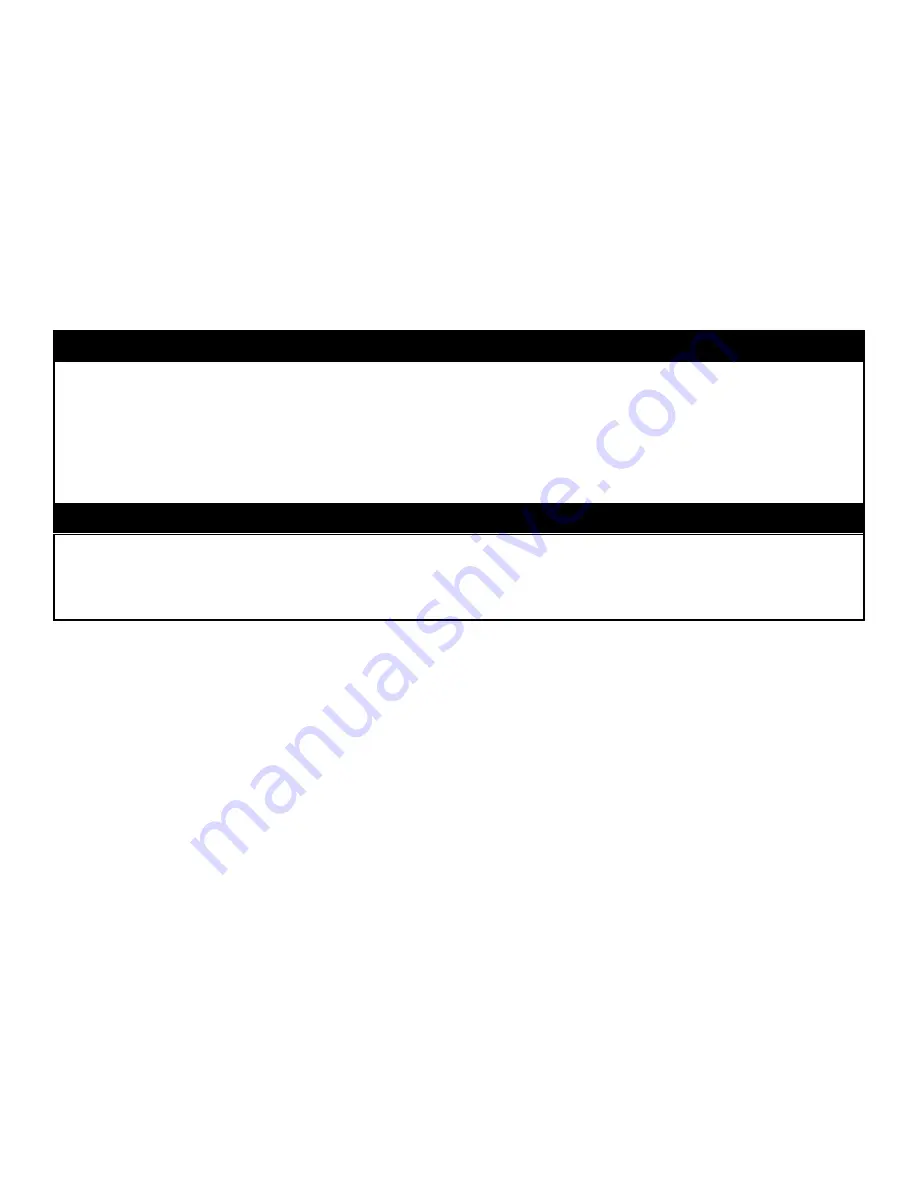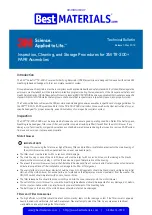
- 27 -
S-2018
REV. D
GENERAL CLEANING
Solvents should not be used to clean the PAPR blower unit, battery pack, waist belt, hose and hood. Liquid
solvents may chemically weaken the plastic. Wipe the PAPR blower unit, battery pack, waist belt, hose and
hood with a mild cleaning solution. The decontamination solutions may be applied via cloth, paper towels, or
spraying methods. Do NOT decon the battery charger. Wipe components dry with a soft cloth following
decontamination and rinsing with clean water, unless noted to air dry. Never submerge or immerse any Sentinel
XL™ PAPR blower, filter, hose, or hood components in liquid, as this may permanently damage the
electronics, batteries, or affect the hood or hose function. Ensure all components are
completely
dry before
using the system or charging the battery.
Follow the hygiene practices established by your employer for the specific contaminants to which you may have
been exposed.
∆
WARNING
DO NOT CLEAN HOODS WITH DETERGENTS THAT CONTAIN LANOLIN OR OTHER OILS SINCE
THEY MAY SOFTEN OR DISTORT THE VISOR.
DO NOT WIPE THE VISOR WITH SOLVENTS LIKE MEK, ACETONE, TOLUENE, AS THOSE MAY
DAMAGE OR DISTORT THE VISOR.
DO NOT SOAK HOODS OR COMPONENTS IN CLEANING SOLUTIONS OR SOLVENTS. MISUSE MAY
ADVERSELY AFFECT RESPIRATOR PERFORMANCE AND RESULT IN INJURY OR DEATH.
∆
WARNING
AFTER DECONTAMINATION, DISPOSE OF CARTRIDGE IN ACCORDANCE WITH FEDERAL, STATE
AND LOCAL ENVIRONMENTAL REGULATIONS. DO NOT THROW AWAY DAMAGED OR UNUSABLE
CARTRIDGE AS ORDINARY WASTE. IMPROPER DISPOSAL OF CONTAMINATED CARTRIDGE MAY
RESULT IN EXPOSURE TO CONTAMINANTS WHICH MAY CAUSE INJURY OR DEATH.
INSPECTION
After each use, inspect the hood assembly to identify signs of damage or wear that may effect performance of
the respirator and reduce the degree of protection provided. The Troubleshooting Section in this manual
contains a troubleshooting guide to help you identify the proper action to take for specific problems that may be
detected.
Hood
Check that there are no dents, tears, holes or cracks in the hood assembly. Look closely at the stitching. There
should be no tears that could permit contaminated air to enter the hood.
Visor
Look for scratches or other visual distortions that make it difficult to see through visor.
Valve
Inspect the valve assembly to ensure all parts are present. There should be a valve cover and a valve present in
the valve holder. There are no replaceable parts in this assembly.
Breathing Tube
Carefully examine the entire breathing tube cover sleeve. Look for tears, holes or cracks. Bend the tube to
verify that it is flexible.
Summary of Contents for S-5000 Series
Page 40: ... 39 S 2018 REV D ...







































